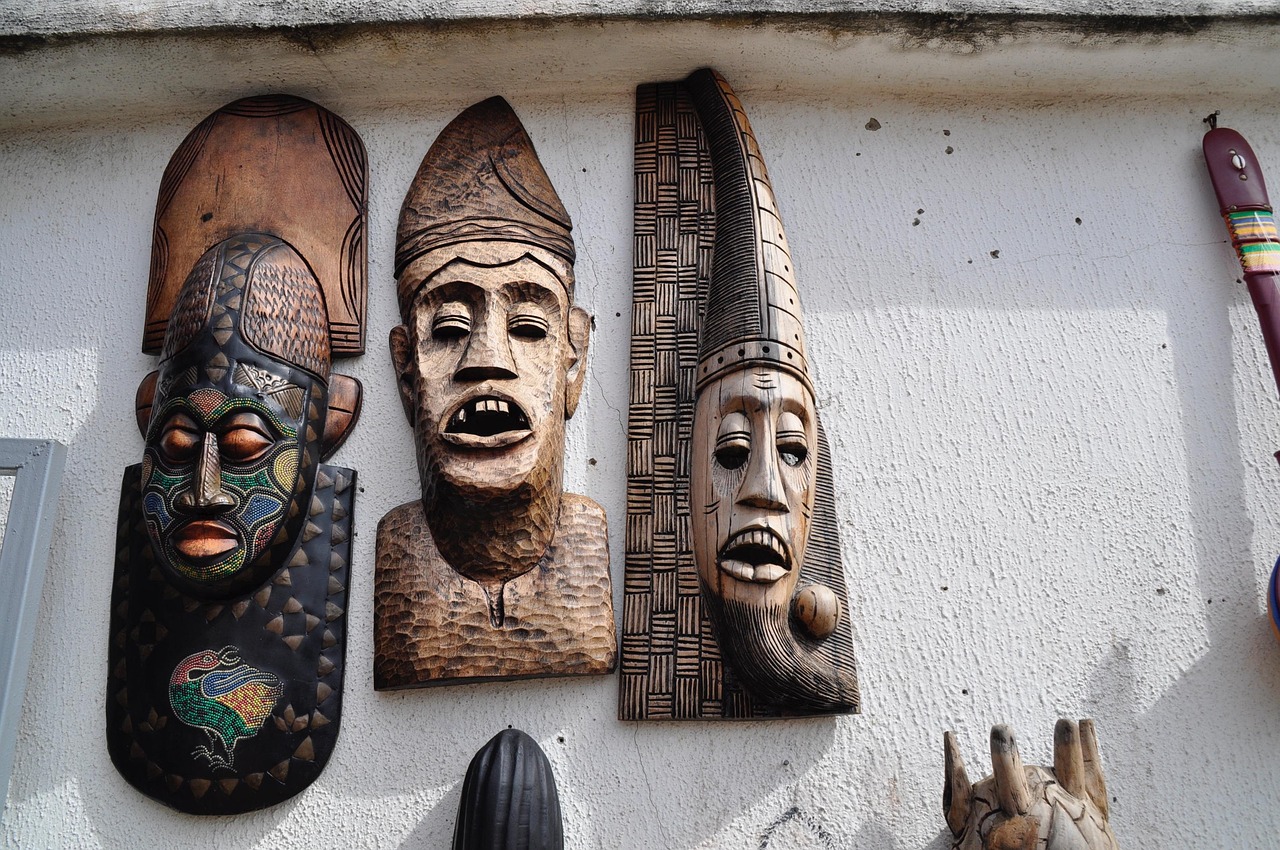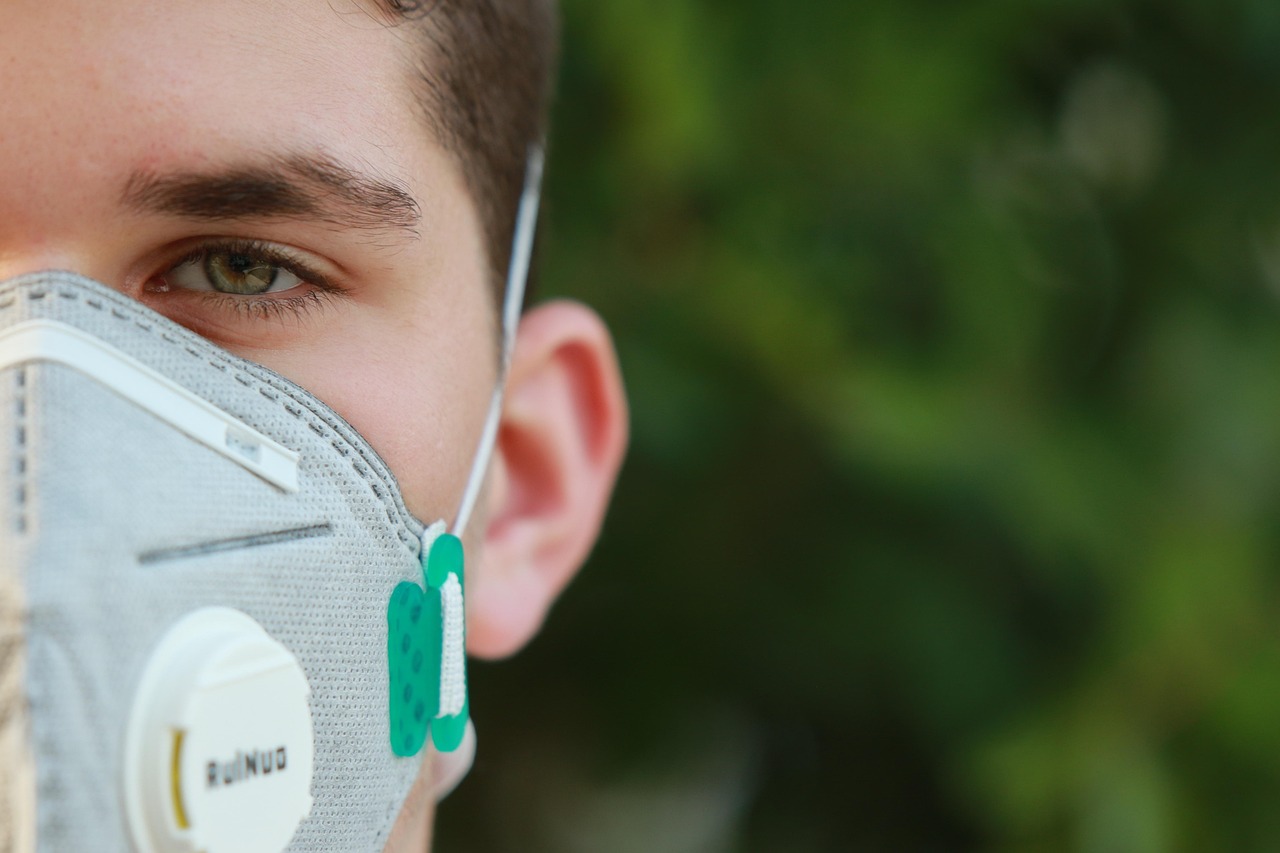The African Mask Alocasia, also known as Alocasia Micholitziana, is a stunning houseplant that thrives in warm, humid environments. For beginners, understanding its light, water, and soil requirements is essential for successful growth.
Introduction to African Mask Alocasia

The African Mask Alocasia is a popular choice among plant enthusiasts due to its striking appearance. With large, arrow-shaped leaves that often feature prominent veins, this plant adds a touch of the tropics to any indoor space. Native to Southeast Asia, it is known for its ability to grow tall and robust, making it a dramatic focal point in home decor.
While the African Mask Alocasia is relatively easy to care for, it does have specific needs that must be met for optimal growth. Understanding these requirements will help ensure that your plant remains healthy and vibrant. This guide will walk you through the essential aspects of caring for your new green companion.
Essential Care Requirements
Caring for the African Mask Alocasia involves several key factors. Below are the main areas you should focus on:
- Light: The African Mask Alocasia prefers bright, indirect sunlight. Too much direct sunlight can scorch its leaves.
- Water: This plant enjoys consistently moist soil but does not like to sit in water. Watering should be done when the top inch of soil feels dry.
- Humidity: High humidity levels are crucial for this plant. Aim for at least 60% humidity to keep it thriving.
- Temperature: Ideal temperatures range from 65°F to 80°F. Avoid exposing it to cold drafts.
Light Requirements
Light is one of the most crucial elements for the health of your African Mask Alocasia. It thrives in bright, indirect light conditions. If you place it in a spot with too much direct sunlight, you may notice leaf burn or discoloration. An east-facing window is often ideal, providing gentle morning sun.
Watering Guidelines
Watering your African Mask Alocasia properly is vital to its health. The soil should be kept consistently moist but not soggy. Overwatering can lead to root rot, while underwatering may cause the leaves to droop. A good rule of thumb is to check the top inch of soil; if it feels dry, it’s time to water.
Humidity and Temperature Needs
This tropical plant loves humidity. Low humidity can lead to leaf curling or browning tips. To boost humidity, consider using a humidifier or placing a tray of water near the plant. Misting the leaves can also help, although this should not replace regular watering.
The temperature around your African Mask Alocasia should remain stable. Sudden drops in temperature can shock the plant and cause stress. Ensure it is kept away from cold drafts or air conditioning vents.
Nutritional Needs
The African Mask Alocasia benefits from regular feeding during its growing season. Using a balanced fertilizer can promote healthy growth and vibrant leaves. Fertilize every 4-6 weeks during spring and summer when the plant is actively growing.
| Nutrient | Recommended Type |
|---|---|
| Nitrogen | Balanced Fertilizer (10-10-10) |
| Potassium | Liquid Fertilizer |
| Phosphorus | Slow Release Fertilizer |
Maintaining a regular feeding schedule will help your African Mask Alocasia flourish and showcase its beautiful foliage. Always follow the instructions on the fertilizer packaging to avoid over-fertilization.
Pest and Disease Management
Caring for the African Mask Alocasia involves being vigilant about pests and diseases. While these plants are generally hardy, they can be susceptible to certain issues if not properly cared for. Being proactive will help you maintain a healthy plant.
Common Pests
Several pests can affect the health of your African Mask Alocasia. Here are some of the most common culprits:
- Spider Mites: These tiny pests thrive in dry conditions. They can cause stippled leaves and webbing on the undersides.
- Mealybugs: Mealybugs appear as white, cottony masses. They suck the sap from the plant, leading to yellowing leaves.
- Scale Insects: Scale insects resemble small bumps on the stems and leaves. They can weaken the plant by feeding on its sap.
- Aphids: These small insects can cluster on new growth, affecting the plant’s vitality.
Treatment Options
If you notice any pests on your African Mask Alocasia, quick action is essential. Here are some effective treatment methods:
- Insecticidal Soap: This is a natural option that can effectively kill soft-bodied insects like aphids and mealybugs.
- Neem Oil: Neem oil is a natural pesticide that disrupts the life cycle of many pests. It can be used as a preventative measure as well.
- Horticultural Oil: This oil suffocates pests without harming the plant when applied correctly.
- Manual Removal: For minor infestations, wiping the leaves with a damp cloth or using a cotton swab can help remove pests.
Common Diseases
Your African Mask Alocasia may also be prone to certain diseases, especially if care requirements are not met. Below are some common diseases to watch out for:
- Root Rot: Often caused by overwatering, root rot leads to wilting and yellowing leaves. Ensure proper drainage to prevent this issue.
- Leaf Spot: Leaf spot appears as brown or dark spots on leaves, usually due to fungal infections or excessive moisture.
- Powdery Mildew: This fungal disease presents as a white powdery substance on leaves. It thrives in high humidity and poor air circulation.
Preventive Measures
Preventing diseases is often easier than treating them. Here are some tips to keep your African Mask Alocasia healthy:
- Avoid Overwatering: Ensure that the pot has adequate drainage and only water when necessary.
- Maintain Air Circulation: Good airflow around the plant can help prevent fungal diseases.
- Inspect Regularly: Regularly check the leaves and soil for signs of pests or disease to catch problems early.
- Clean Leaves: Wipe down leaves periodically to remove dust and allow the plant to breathe better.
Repotting Your African Mask Alocasia
As your African Mask Alocasia grows, it may outgrow its pot. Repotting is essential for providing fresh soil and more space for roots. Here are some signs that it’s time to repot:
- The plant appears root-bound, with roots growing out of the drainage holes.
- The growth has slowed significantly or stopped altogether.
- The soil dries out too quickly, indicating it has lost its ability to retain moisture.
How to Repot
Repotting your African Mask Alocasia can be done easily by following these steps:
- Select a New Pot: Choose a pot that is one size larger than the current one, ensuring it has good drainage.
- Prepare Fresh Soil: Use a well-draining potting mix suitable for tropical plants.
- Remove the Plant: Gently remove the plant from its current pot. Be careful not to damage the roots.
- Place in New Pot: Position the plant in the new pot, filling in with soil around the edges. Water thoroughly after repotting.
Repotting typically should be done every 1-2 years during the spring or summer months when the plant is actively growing. With proper care, your African Mask Alocasia will thrive and continue to be a stunning addition to your home.
Pr

opagation Techniques
Propagation is an exciting way to expand your collection of African Mask Alocasia. There are several methods to propagate this plant, each with its own benefits. The most common techniques include division and offsets.
Division Method
Division is the most straightforward method for propagating African Mask Alocasia. This technique involves splitting the root ball into smaller sections, each containing roots and leaves. Here’s how to do it:
- Choose the Right Time: The best time to divide your plant is during the spring or early summer when it is actively growing.
- Prepare Tools: Gather clean, sharp tools such as a knife or garden shears. Sterilize them to prevent disease transmission.
- Remove the Plant: Gently take the plant out of its pot, being careful not to damage the roots.
- Divide the Root Ball: Identify natural divisions in the root system. Use your tools to separate the plant into sections, making sure each section has roots and at least one leaf.
- Repot Each Division: Place each new section in its own pot with fresh soil and water thoroughly.
Dividing your plant not only gives you new plants but also helps rejuvenate the parent plant, promoting healthier growth.
Offsets Method
Offsets, or pups, are small plants that grow from the base of the parent plant. These can be removed and planted separately. Follow these steps to propagate using offsets:
- Locate Offsets: Look for small plants emerging from the base of the mother plant.
- Gently Remove Offsets: Carefully pull the offset away from the main plant. Ensure that it has some roots attached.
- Prepare a New Pot: Use a small pot with well-draining soil to plant the offset.
- Water and Care: Water lightly after planting and place it in a warm, humid environment until it establishes itself.
This method is especially rewarding as offsets are often miniatures of the parent plant and will grow into beautiful additions to your collection.
Seasonal Care Tips
Caring for your African Mask Alocasia varies with the changing seasons. Understanding these seasonal needs can help you keep your plant healthy year-round.
Spring and Summer Care
During the warmer months, your African Mask Alocasia will be in its active growth phase. Here are some care tips for this season:
- Increase Watering: As temperatures rise, the plant will need more water. Monitor the soil moisture regularly.
- Fertilize Regularly: Use a balanced fertilizer every 4-6 weeks to promote growth during this active period.
- Watch for Pests: Warmer weather may attract pests. Regularly inspect your plant for signs of infestations.
Fall and Winter Care
The fall and winter months bring cooler temperatures and less light. Adjust your care routine accordingly:
- Reduce Watering: The plant will require less water as growth slows down. Allow the top inch of soil to dry out between waterings.
- Avoid Fertilizing: Hold off on fertilizing during these months since the plant is not actively growing.
- Provide Adequate Light: Ensure it receives sufficient light, as days become shorter. You may need to move it closer to a light source.
Troubleshooting Common Problems
If yo

u encounter issues with your African Mask Alocasia, it is essential to identify and address them quickly. Below are some common problems and their solutions:
- Yellowing Leaves: This could indicate overwatering or insufficient light. Check soil moisture and adjust lighting conditions.
- Curling Leaves: Curling may be a sign of low humidity or underwatering. Increase humidity levels or adjust your watering schedule.
- Browning Leaf Tips: This often results from dry air or irregular watering. Ensure consistent moisture and consider using a humidifier.
Regular observation and timely intervention can help you maintain a thriving African Mask Alocasia, allowing it to flourish in your home environment.
Advanced Care Techniques
For t

hose who wish to take their African Mask Alocasia care to the next level, there are some advanced techniques that can enhance the plant’s growth and overall health. Implementing these methods can lead to a more vibrant and flourishing specimen.
Soil Amendments
While a well-draining potting mix is essential, you can further improve your soil by adding amendments. Here are some beneficial materials to consider:
- Perlite: This lightweight material improves drainage and aeration, preventing root rot.
- Coconut Coir: A sustainable alternative to peat, coir retains moisture while allowing excess water to drain.
- Orchid Bark: Adding orchid bark can enhance drainage and mimic the natural environment of tropical plants.
Mixing these materials into your potting mix can create an optimal growing medium for your African Mask Alocasia, supporting healthy root development.
Temperature Regulation
The African Mask Alocasia thrives in warm conditions, but extreme temperatures can be harmful. Consider the following tips to manage temperature effectively:
- Avoid Cold Drafts: Keep your plant away from windows or doors that may allow cold air to enter during winter months.
- Heat Sources: Place your plant away from heating vents which can cause sudden temperature changes.
- Use Thermometers: Utilize indoor thermometers to monitor the temperature around your plant, ensuring it stays within the preferred range.
Seasonal Pruning
Pruning is not only essential for aesthetics but also for the health of your African Mask Alocasia. Regularly removing dead or yellowing leaves will help the plant focus its energy on new growth. Here’s how to prune effectively:
- Use Clean Tools: Always use sterilized scissors or shears to prevent introducing diseases.
- Identify Problematic Leaves: Look for leaves that are yellowing, damaged, or diseased.
- Cut at the Base: Trim leaves close to their base without damaging the stem.
- Dispose of Cuttings: Discard any removed leaves to avoid potential pest attraction.
Final Thoughts
Caring for an African Mask Alocasia can be a fulfilling experience for both novice and experienced gardeners. With its striking foliage and unique appearance, this plant brings beauty and vibrancy to any indoor space. By understanding its specific needs—light, water, humidity, and soil—you can create a nurturing environment that promotes healthy growth.
Regular monitoring for pests and diseases will help you quickly address any issues, ensuring your plant remains in optimal condition. The propagation techniques discussed provide an opportunity not just for expansion but also for deepening your connection with this remarkable species.
As you embark on your journey with the African Mask Alocasia, remember that patience is key. Each plant has its own rhythm of growth and may require time to adjust to its environment. Embrace the learning process and enjoy the rewarding experience of nurturing this beautiful houseplant.
With proper care and attention, your African Mask Alocasia will not only thrive but will become a stunning focal point in your home for years to come. Happy planting!
